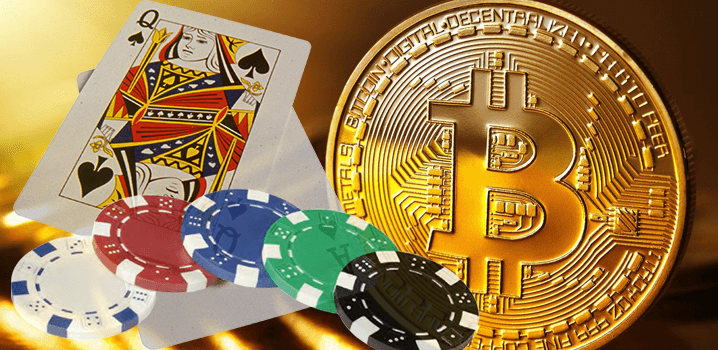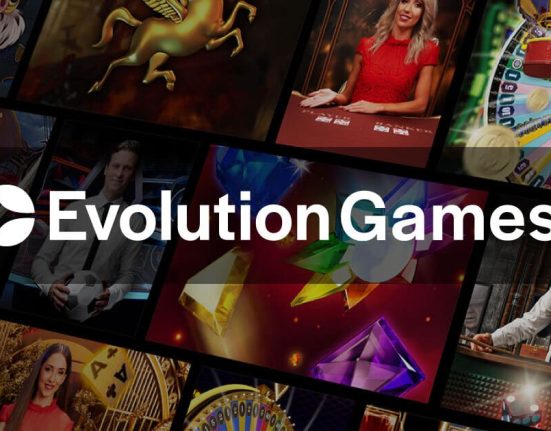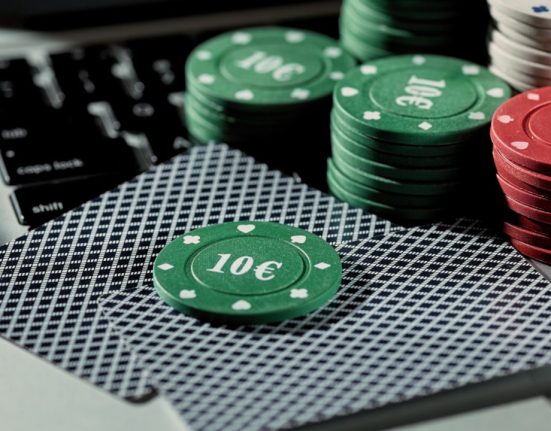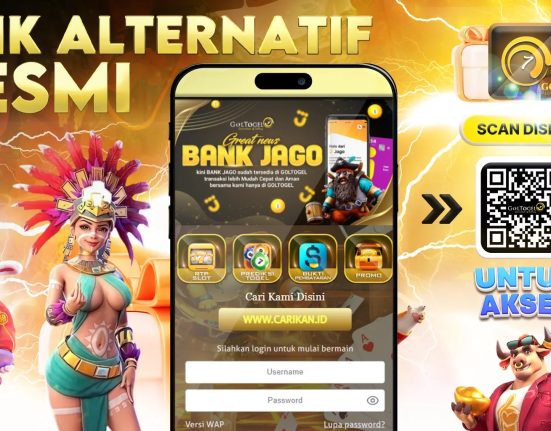Even if your home is under a rock, you have probably heard of cryptocurrency, bitcoin, Blockchain or any other “latest craze”.
Different people may have different meanings for cryptocurrency. Some people love it. Some people fear it. Everyone else is just scratching their heads.
Are there any crypto-related crazes sweeping investment and gaming circles alike, or is it just a coincidence?
This guide will discuss cryptocurrency, Blockchain and how it can be used in games. There is a lot to see, some craziness and many interesting ideas. This is a must-see event.
The other thing is that people have yet to learn the real story behind cryptocurrencies. These ideas sound great! These are not safe investments. Because things might turn out differently, you should be prepared to lose all your money.
What is Cryptocurrency all about?
A digital currency, cryptocurrency. Despite the many fun graphics that show minted tokens, it does not exist in physical form. It does not have any intrinsic value. It is decentralized. There is no central authority controlling supply. No banks or governments can artificially increase or decrease the matter or limit the amount available.
There are hundreds of other cryptocurrencies. Some are more serious than others.
The solution to a tangential problem was the result of cryptocurrencies. Bitcoin’s creators were trying to create a digital cash system that could operate in a decentralized manner (something many people didn’t believe was possible). He came up with Blockchain and bitcoin.
This is (basically) how cryptocurrencies such as Bitcoin work:
Cryptocurrencies are dependent on a network. Each peer in the network has access to the record database. This database contains every transaction and shows the balance for every account.
Say Grognak gives Pipboy 10 Bitcoin. This is a transaction. Grognak’s private keys authenticate the transaction.
Confirmation is the next crucial step after signing. Here is where the “miners” step in. Miners confirm transactions.
To confirm transactions, miners must solve complex cryptographic puzzles. Then they are rewarded with cryptocurrency tokens (hence “Crypto “…the currency earning process is inextricably linked to cryptography).
Every network peer receives a transaction record once a block has been added to the chain.
There is a limit to the number of coins that can be “mined”. Each currency is more complicated than the others, so there are limits on how many coins can be mined at any given time.
Blockchain and cryptocurrency have many fascinating aspects.
One: Transactions can be conducted globally almost immediately, regardless of the parties’ location. It also takes place more anonymously… Your real-world identity doesn’t link to your public key.
You can see their public key alias; all your transactions will occur under this string.
Two: Transactions cannot be reversed. Once a miner confirms the transaction, it is permanently recorded on the Blockchain. There is no “undo” button. This always is both terrifying and powerful.
For example, no government could prevent you from transacting in cryptocurrency or accepting payments. This goes beyond regulating your access by restricting or blocking access to wallet software. A “wallet” program is designed to allow you to store your crypto coins in a private, digital space.
Banks and governments control the supply and value of fiat currencies (such as the US dollar). Banks and governments control how money is used within the system: rejected payments, frozen accounts, etc.
They can reduce the value of the currency by printing more money. They can also adjust interest rates. These and other factors can impact the value of your US dollars. Banks or governments do not affect the market price of cryptocurrencies unless they purchase large quantities of coins or sell them.
However, the cool thing about blockchain technology is that if someone sells or buys it, there will be a permanent, public record of the transaction in the blockchain history. Let’s discuss Blockchain.
What is Blockchain and Why Should You Care?
Blockchain is unique and exciting because it doesn’t store the database in one central location. Blockchain is decentralized, and the database is distributed to all peers in the network.
Each transaction is stored in a “block”. Blocks can’t be changed. The Blockchain records every transaction and is public. It is also protected against manipulation by decentralization.
Hackers can’t take down a single transaction and corrupt it all. Every transaction is kept in every place at the same time. You would need sufficient computing power to control millions of computers hosting the database simultaneously to manipulate it successfully.
Every transaction can be accessed by anyone who has an internet connection. It is possible to see who participated in which transactions.
This is a simple way to understand how cryptocurrency can benefit from it.
What about other applications?
Blockchain could be a tool for politics and voting. This is why people are excited. It could reduce voter fraud or election rigging. Integrating Blockchain into decision-making processes could transform how companies, cities, states or countries operate best crypto games.
The possibility of using Blockchain (and other cryptocurrencies) in games is also possible.
This element is particularly interesting, so we will spend the remainder of the guide looking at the potential applications and the emerging video-game-based cryptocurrency. We’ll also discuss how players, developers and coin creators could transform the videogame industry using this technology.








